Comfortable Fabric Face Mask for Sensitive Skin with UV-Protection
Sunprotection clothing & fabric face masks
My invention of ultraviolet-protective face masks with additional anti-aging benefits, cosmeceutical benefits is described in my white paper on maskne. Textile cosmeceuticals or cosmetotextiles refer to fabrics that have skincare benefits. I elaborated on my concept of the application of UPF 50+ biofunctional textiles for treatment and prevention of maskne in the International Journal of Dermatology in February this year. This article talks about rashes other than maskne which can occur over the area covered by the face mask, and the ideal design of a comfortable fabric face mask for sensitive skin.
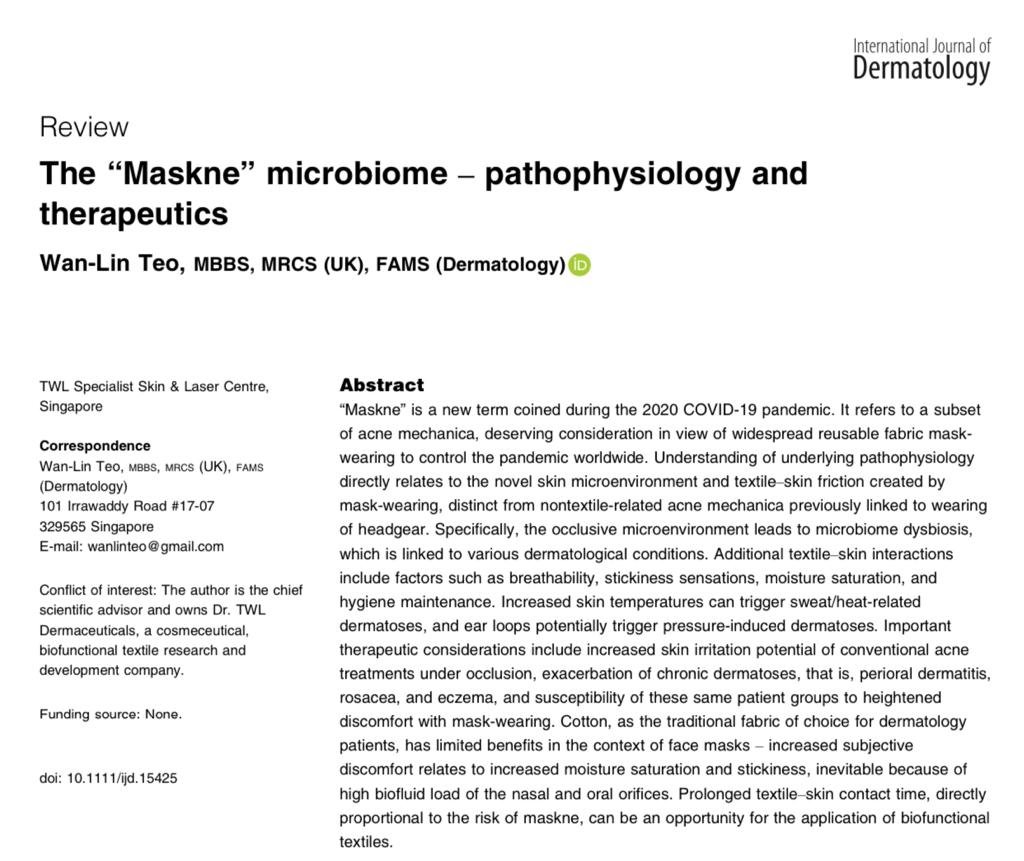
UV-protective face masks for treatment of facial pigmentation
Firstly, my recommendation for treatment of pigmentation disorders is to incorporate ultraviolet protective fabric face masks with cosmeceutical benefits into your skincare regimen. Ultraviolet (UV)-protection clothing has been used primarily in outdoor/athletic wear for sun protection.
Also, fabric masks are currently mandatory for prevention of contagious biofluid spread of COVID-19. Treatment of pigmentation disorders include sun protection. Traditionally, dermatologists recommend application of sunscreen with minimum SPF 30, with reapplication every 3 hours for optimal protection. The wearing of sunscreen under a fabric face mask is however problematic because of moisture and occlusion.
The guideline is that you should also reapply all sunscreens every three to four hours to maintain efficacy. Water/sweat resistance is also an issue when wearing sunscreen under a face mask. Accumulation of sweat and moisture via respiratory droplets will definitely reduce the efficacy of the sunscreen when worn under a face mask.
3 Facial pigmentation disorders that benefit from UV-protective face masks
These are the top 3 facial pigmentation disorders that we see in clinical practice that will be aggravated by sun exposure.
1. Melasma
Firstly, melasma is essentially a disorder of melanosis where the pigmentation deposits in the superficial (epidermal) and/or deeper layers of your skin. Epidermal melasma is when deposition of pigmentation is in the upper layers of the skin. In dermal melasma, pigmentation is localized to the dermis, the lower parts of skin.
It is characterized by a butterfly shaped distribution of brown pigmentation patches. This links to hormonal fluctuations, for example, menopause. Evidence shows that pregnancy states induce the onset of melasma. It is also more common in pigmented skin types i.e. skin of color. Skin of color tends to develop hyperpigmentation more than fairer skin types. This is a process that sun exposure activates. Individuals with melasma are more sensitive to the effects of environmental blue light which may lead to worsening of melasma. Sources of environmental blue light include LED devices, household items and natural daylight. Broad spectrum UV protection is essential to block out UVA and UVB both of which can worsen symptoms of pigmentation in melasma.
2. Solar lentigo
Secondly, solar lentigo or solar lentigines (plural) is the medical term for sunspots which arise as part of skin ageing and environmental exposures. Sunspots are different from freckles (ephelides) which have to have a genetically predisposition, and start in early childhood/teenage years. Wearing broad spectrum sun protection with a sunscreen of sun protection factor (SPF 50+) is traditionally recommended to minimise development of sun spots and prevent worsening. Ultraviolet light exposure activates the melanocytes (pigment-producing) cells to produce more melanin. This results in the appearance of sun spots with age.
3. Post-inflammatory hyperpigmentation (PIH)
Post-inflammatory hyperpigmentation is a form of scarring that can occur from eczema, contact dermatitis (due to allergies) and acne scars. Sun protection is important to prevent worsening of hyperpigmentation.
Photosensitive dermatological conditions
Individuals who suffer from photosensitive disorders such as solar urticaria, systemic lupus erythematosus and other sun-sensitive autoimmune diseases, often have facial rashes. To illustrate, this rash appears on sun-exposed areas like the cheekbones, and spares areas behind the ears and under the chin. In the autoimmune disease lupus, this appears as a malar rash, affecting the cheeks. When these heal, photosensitive disorders can leave scars in the form of post-inflammatory hyperpigmentation if not treated.
The traditional recommendation of applying sun protection factor (SPF) 30 means that if you’re applying the sunscreen you are 30 times less likely to have burns in that duration of time of sun exposure. An SPF 30 to 50 is the gold standard of protection when it comes to photo sensitive disorders and facial pigmentation diseases. The wearing of a face mask has introduced a problem of sunscreen comedogenicity. In order for a sunscreen to have broad spectrum UVA and UVB protection, it should be based on an oil soluble vehicle. However, the wearing of a face mask over sunscreen increases the occlusive nature of the oil vehicle in the sunblock. A practical solution is to incorporate cosmeceutical textiles with UPF such as the CUIONS copper nanoparticle technology, with antioxidants that stimulate collagen renewal in the form of a fabric mask.
UV-protection for sensitive skin and eczema
There are additional fabric requirements for sensitive skin in addition to sun protection. Sensitive skin itself is synonymous with eczema. Photosensitive eczema is a variant of eczema which is triggers off by UV light. The relevance of UPF-protective face masks for sufferers of sensitive skin is this. Broad spectrum sunscreens can contain ingredients that irritate eczema-prone skin. This worsens with sweat, heat and humidity. Under the occlusion of a fabric face mask, the skin microbiome is affected. This increases skin infection and worsens eczema flare ups. Hence, by choosing a fabric mask that has skin cooling, bactericidal (kills bacteria on contact) properties that feels comfortable on skin, there is a reduced risk of developing flare-ups due to frictional dermatitis.
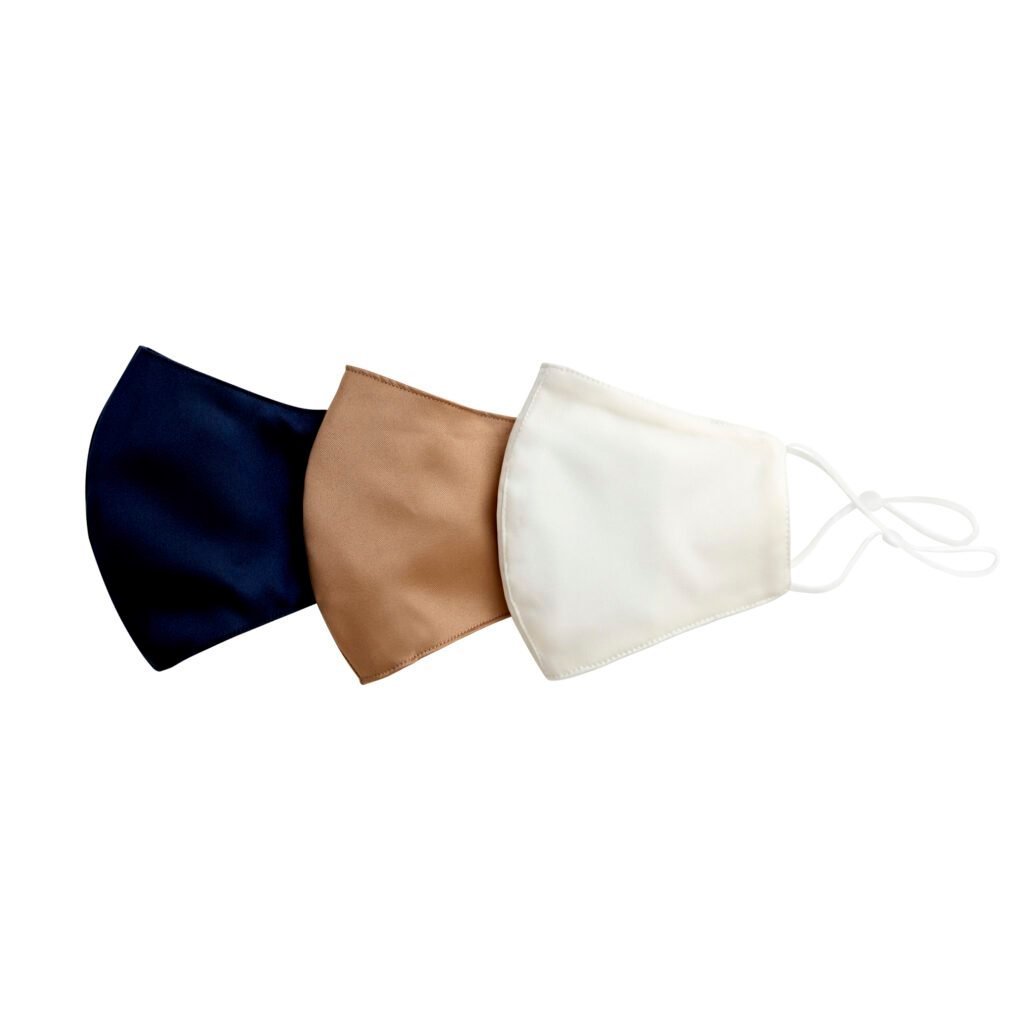
These biofunctional fabric face masks are textile cosmeceuticals engineered with biofunctional textiles. The mask fabric has broad spectrum UPF 50+ sunprotection. For a garment to qualify as UV-protective, the design of the mask has to cover a maximum skin surface area. The proprietary design of the Dr.TWL fabric face mask which minimises textile-skin friction in sensitive skin conditions has been published in the top dermatology journal, the Journal of the American Academy of Dermatology as the ideal skin-friendly, comfortable fabric face mask design.
Sensive skin disorders worsened by the face mask
Other types of sensitive skin disorders face mask wearing can worsen include periorifical dermatitis and seborrheic dermatitis. Perioral dermatitis is another condition that occurs over the O-zone of the face (1) that may be mistaken for maskne or eczema. This is a condition that worsens by wearing of a face mask. It presents with red bumps known as papules, with surrounding red flaky patches which look like eczema. Hence the term dermatitis, which refers to a break-down in skin barrier function. “Perioral” means the location of the rashes are around the mouth area.
Seborrheic dermatitis appears as red rashes around the nose (nasolabial area) mouth and eye brow area. It is due to an overgrowth of yeast, Malessezia which thrives in a humid, tropical climate like Singapore on oily (seborrheic) skin. Additionally, rosacea is another condition which may present as “skin sensitivity”, as it causes skin redness and inflammed bumps over the O-zone of the face, involving the cheeks and mouth area. It is a sun-sensitive condition that is directly triggered by heat and UV-exposure.
Photosensitive diseases such as polymorphic light eruptions, sun-induced or solar urticaria, exposure to sunlight directly causes the rashes to appear on the face.
The above are dermatological conditions that are photosensitive, i.e. they are triggered off by sun exposure. Hence, in the era of the COVID-19 pandemic where mask-wearing is recommended as a public health measure, UV-protective fabric face masks designed for comfortable sensitive skin wear are currently recommended by dermatologists.
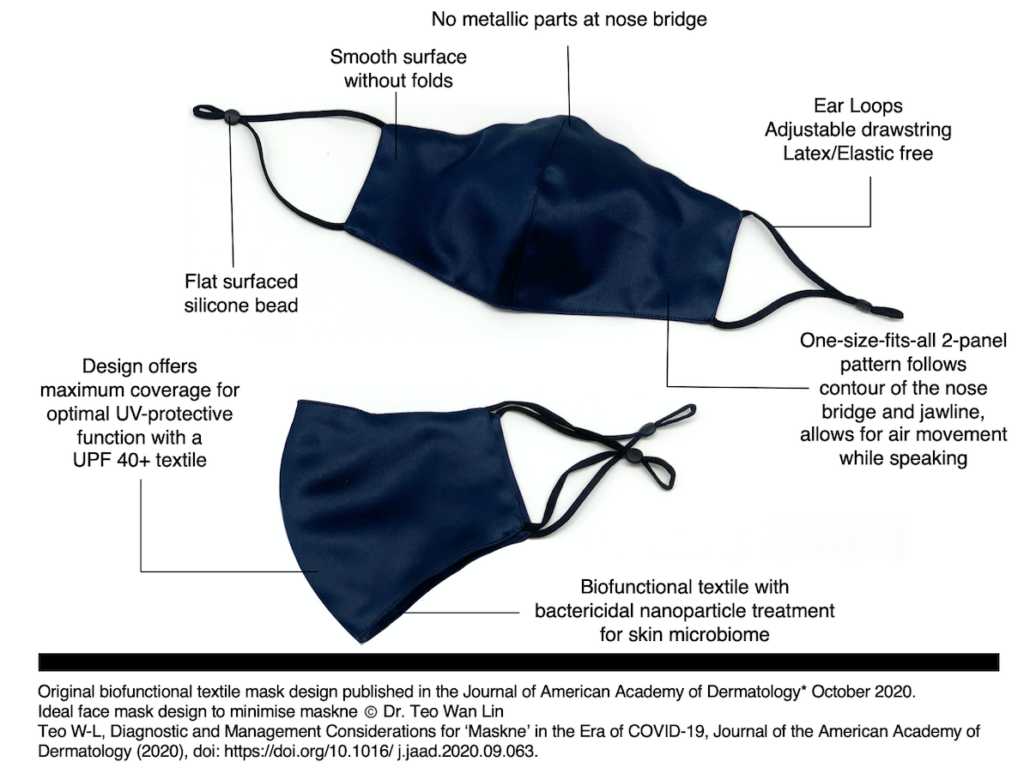
Sun protection clothing with Ultraviolet Protection Factor (UPF)
In order for it to have a label as UV-protective clothing, there are specific requirements for treatment and design criteria of a garment. This is according to European guidelines. For labelling a garment of UPF 50+, considered the gold standard of sun protection clothing, both the design and the fabric has to meet these requirements. Furthermore, the fabric itself should block UVA and UVB rays completely. There should be laboratory tests to show that it reflects environmental ultraviolet rays. A UPF 50+ fabric effectively prevents any of the harmful rays from penetrating the skin.
The benefits are clear for the use of sun protective face masks. Firstly, it is a physical sunblock that is 100% effective. There is no need for application and reapplication of sunscreen which is very cumbersome and impractical under a face mask.
Secondly, by treatment of fabric mask, we incorporated cosmeceutical benefits using biofunctional textiles. Copper nanoparticles confers anti aging benefits by reducing facial wrinkles. Zinc nanoparticles can help to reduce the oil production on skin because zinc itself is also anti inflammatory.
It is important to note that natural fibers are more breathable for the skin but are actually not efficient at blocking out UV. Synthetic fibers while they have a higher inherent UPF factor and can blocking UV, they tend to be less breathable, leading to increased stickiness sensation. Specifically, treatment with dry fit engineering or for the Dr. TWL Biomaterials fabric face mask which incorporates metallic ions to alter the skin microbiome. To illustrate, the fabric actually acts as a “topical antibiotic” to kill disease-causing bacteria on skin.
Comfortable, eczema-friendly fabrics
This affects skin comfort and can trigger off eczema flare-ups. The best sun protection clothing can wick sweat away from the surface of the skin and increase the rate of evaporation of sweat. Additionally, the fabric mask material itself must be breathable and wick sweat away from the skin. Because, this is to avoid a sticky sensation which can reduce compliance.
Sensitive skin has been proven to have heightened sensations of skin discomfort. This means that fabrics that feel comfortable on skin of individuals with normal skin may cause skin irritation in those who have impaired skin barrier function, such as those with eczema. If you have the tendency to develop skin discomfort when wearing clothing, especially in hot weather- watch out for the following. Instead, choose fabrics which are smooth, densely woven i.e. higher thread count which feel more comfortable against sensitive skin. Avoid close or tight-fitting designs with elastics because these increase friction against the skin. In short, frictional dermatitis is due to textile-skin friction that exerts pressure on the skin. In eczema patients this triggers off itch sensations.
Why the best fabric face mask for eczema and sensitive skin should not be close-fitting or tight
The best fabric face mask is one that feels the most comfortable on skin.
You should not neglect the skin behind the ears. This is regarded as a flexural area that is more sensitive as the skin is thinner. Additionally, other conditions such as post inflammation hyperpigmentation or eczema can arise over the area covered by the face mask due to frictional dermatitis, which is preventable with a comfortable fabric face mask.
When I was on the judging panel for the Straits Times fabric face mask feature in May 2020, I found that every single one of the face masks had the same problem of uncomfortable elastics that tugged at the back of your ear. I don’t have extremely sensitive skin but I was not able to wear any of the masks for longer than 20 minutes without feeling pain at the back of my ears. In short, the retroauricular area is a very sensitive area, especially if you already have eczema. The areas such as the back of the ear where the skin is thinner is more prone to getting irritation.
A comfortable face mask for sensitive skin should have appropriate accessories
Wearing a face mask that has elastic straps that exerts constant pressure over the back of the ear is a recipe for disaster. In general, pressure of any sort is bad in dermatology. In individuals with eczema, it’s actually been proven that they are hypersensitive to cutaneous sensations. Whatever a normal individual without eczema will feel, the individual with eczema is going to feel it much more. The biggest source of discomfort of wearing fabric face masks would be from friction. Therefore, the adjustable drawstring ear loop pattern of a comfortable fabric face mask is very important. The earpiece which threads the loop is skin-friendly sillicone which exerts no pressure over the ears. Additionally, the adjustable factor is very important because one needs a convenient, practical way of storing the mask when you’re eating, drinking or exercising. The moment you’re doing with your activity, you should loop it back up.

Image Taken from
Teo W. L. (2021). The “Maskne” microbiome – pathophysiology and therapeutics. International journal of dermatology, 10.1111/ijd.15425. Advance online publication. https://doi.org/10.1111/ijd.15425
Area that covers the nose
The other factor of a comfortable fabric face mask would be the area where it covers the nose. As a doctor and a dermatologist, I would like to state that my opinion is that it is unnecessary and uncomfortable to have any metallic pieces covering your nose area. We are not talking about wearing a N95 mask which is what I wear during exposure to a COVID positive patient and have to breach a safe distance.
In the context of a general population measure, where there are expectations for everyone to mask up, comfort has to be at a level where it makes sense for the entire population to adopt it. In short, having a metallic piece over the nose is not going to increase the fit and efficacy of wearing a facial covering. Besides, it’s actually going to deter individuals from wearing a face mask because of the pressure and discomfort they feel.
This article was written by Dr. Teo Wan Lin, who is an accredited dermatologist and a key opinion leader in the field of biofunctional textile research. She published the first white paper on maskne and proposed the design of an ideal fabric face mask with biofunctional textiles in the Journal of the American Academy of Dermatology in October 2020. Her second paper on maskne The “Maskne” microbiome – pathophysiology and therapeutics was published in the International Journal of Dermatology in February 2021. The fabric masks at Dr.TWL Biomaterials are modelled after the prototype of the ideal fabric face mask design published by Dr. Teo. She hosts a podcast Dermatologist Talks: Science of Beauty available on Spotify and Apple podcasts where she talks about the latest in dermatology research and skincare. Follow her on her Instagram @drteowanlin.
References:
(1) Teo W. L. (2021). Diagnostic and management considerations for “maskne” in the era of COVID-19. Journal of the American Academy of Dermatology, 84(2), 520–521. https://doi.org/10.1016/j.jaad.2020.09.063
(2) Teo W. L. (2021). The “Maskne” microbiome – pathophysiology and therapeutics. International journal of dermatology, 10.1111/ijd.15425. Advance online publication. https://doi.org/10.1111/ijd.15425
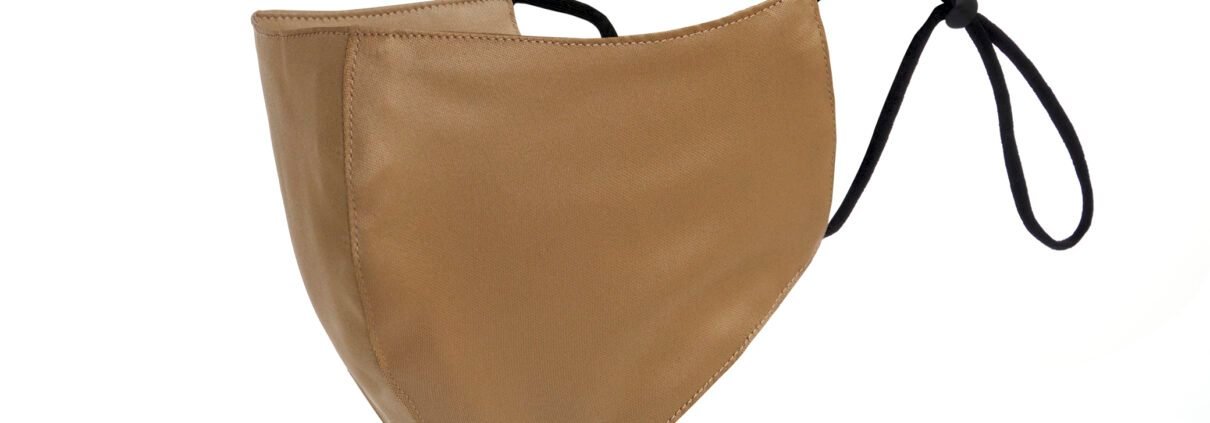


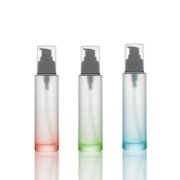


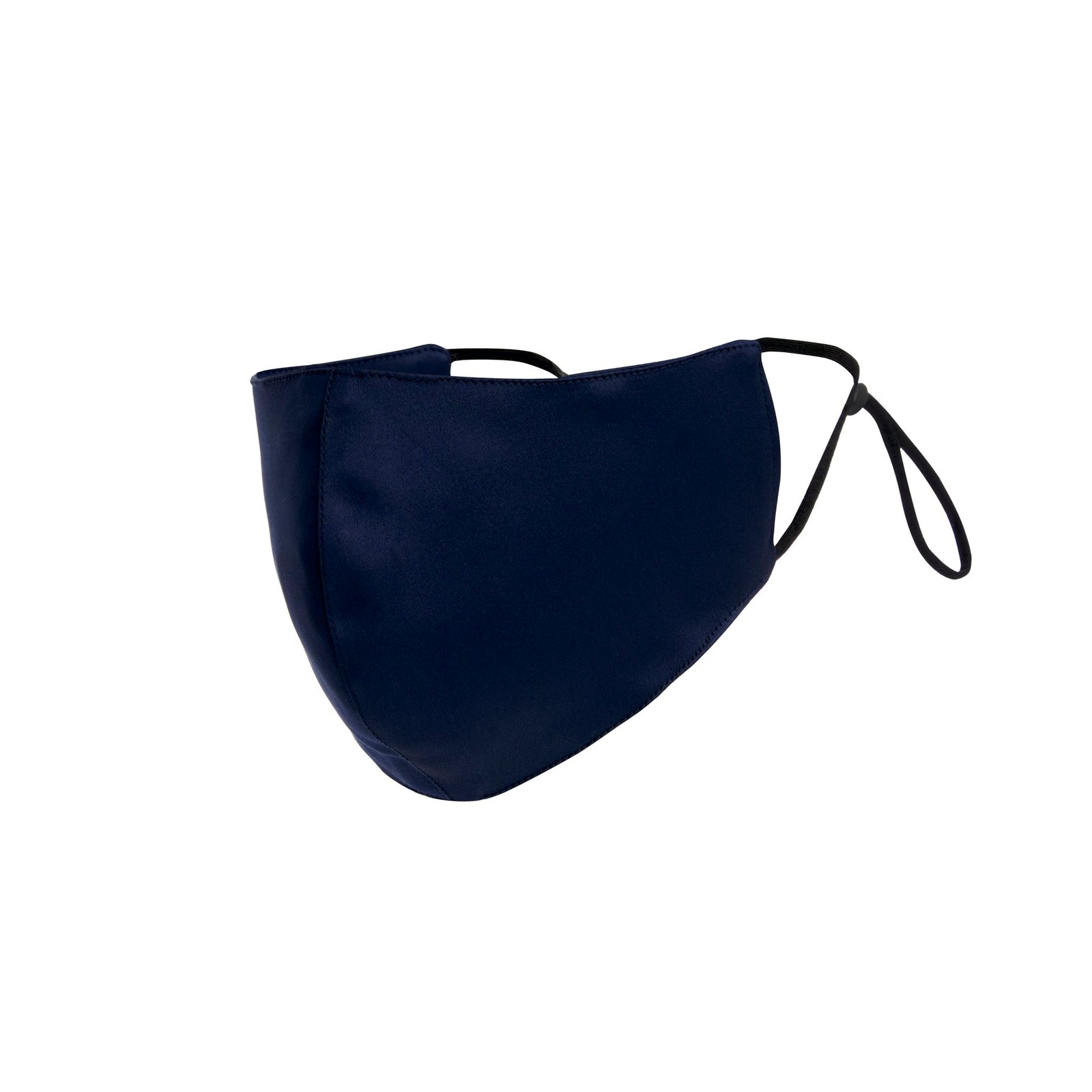


Leave a Reply
Want to join the discussion?Feel free to contribute!